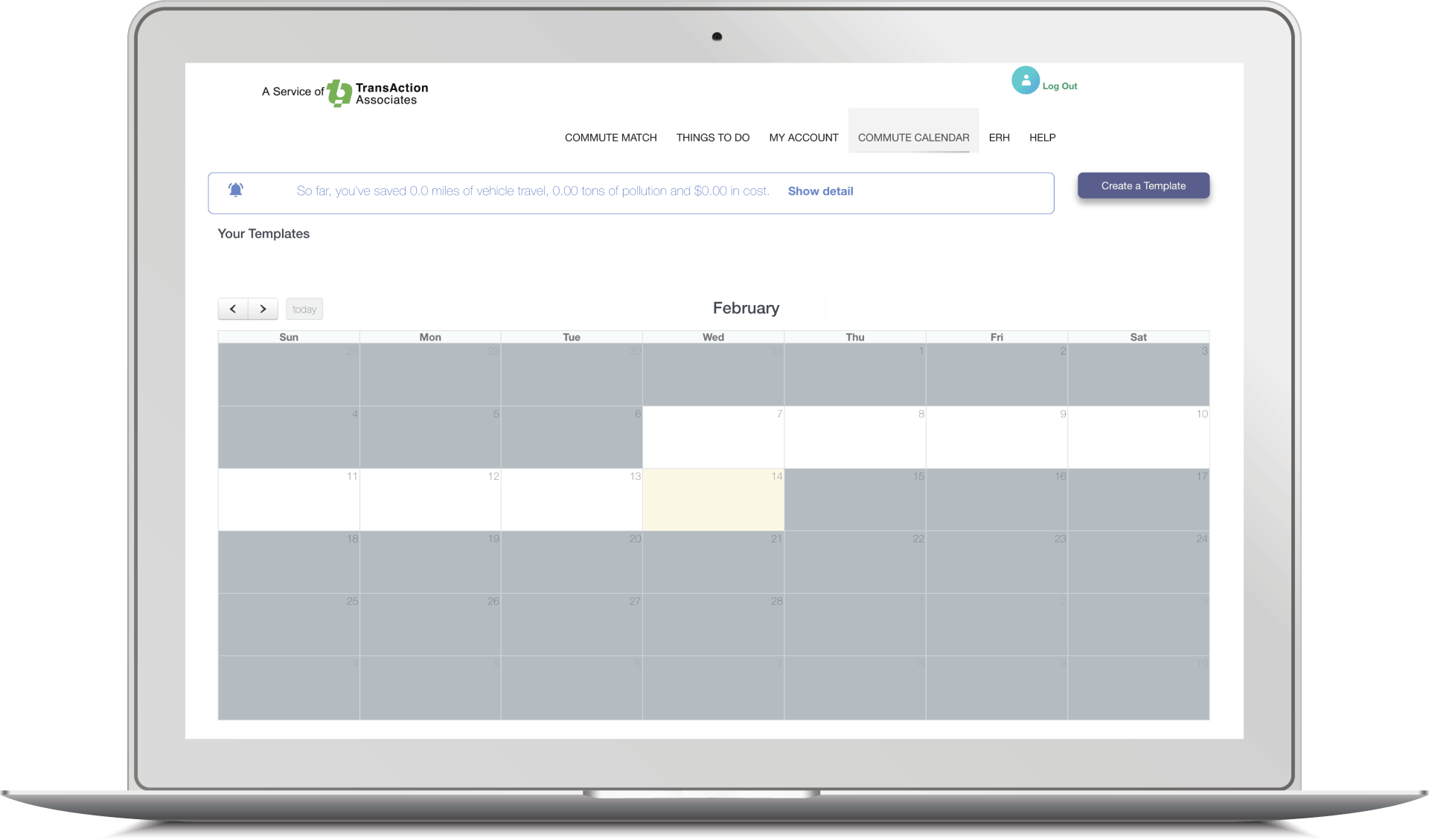GREEN COMMUTES
Telecommuting
Benefits of Choosing a Telecommute
Work from Home programs can be highly successful. See some considerations and explore the benefits to make the choice that is right for you.
+13% Productive
A Stanford study
showed that employees actually increased their productivity when allowed to work from home
It’s Eco-Friendly
A recent study conducted by the Consumer Electronics Association found that telecommuting saves enough energy to power one million homes in the United States for an entire year!
+73% Happier
A Pennsylvania State University study
shows that telecommuters are generally less stressed and happier than those who work in an office
It's a Win-Win
Employees will avoid commuting expenses and it’s estimated that for each employee who telecommutes, a company saves about $10,000 annually with an employee commuting half-time
Telecommuting is not for every company or every employee—make the choice that is right for you
Some major companies have tested telecommuting and found that although there is a savings to both employer and employee, in an environment where collaboration is necessary to project success, telecommuting reduces the amount of employee collaboration. Some feel that face-to-face interaction among employees fosters a collaborative culture.
Studies show that people who work at home are more productive but less innovative. Professor of management at San Francisco State University, John Sullivan said, “If you want innovation, then you need interaction, if you want productivity, then you want people working from home.” Sullivan runs a human resource advisory firm.
Additional Resources
Nurturing a Corporate Culture Remotely
Record your teleworking days on the Commute Calendar in eCommuter to track personal and company-wide sustainability impact including reduced vehicle miles, lower carbon footprint, and money saved by not driving. Employees who work from home can also participate in online
commuter challenges.
Visit Commute Calendar


